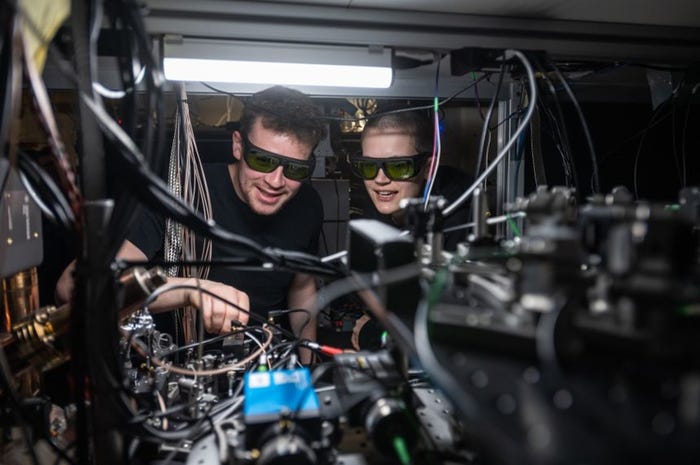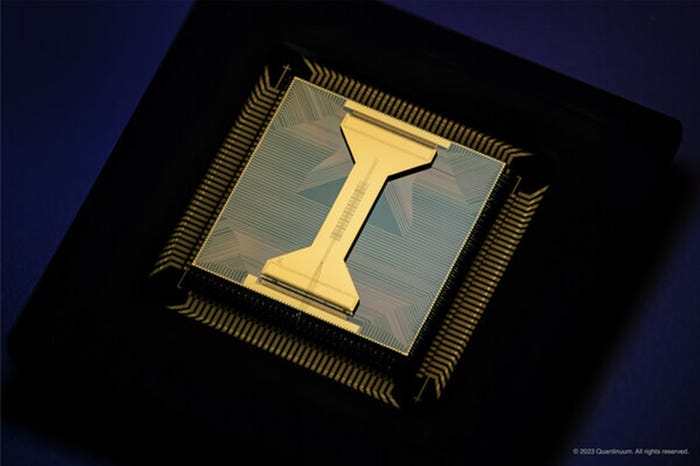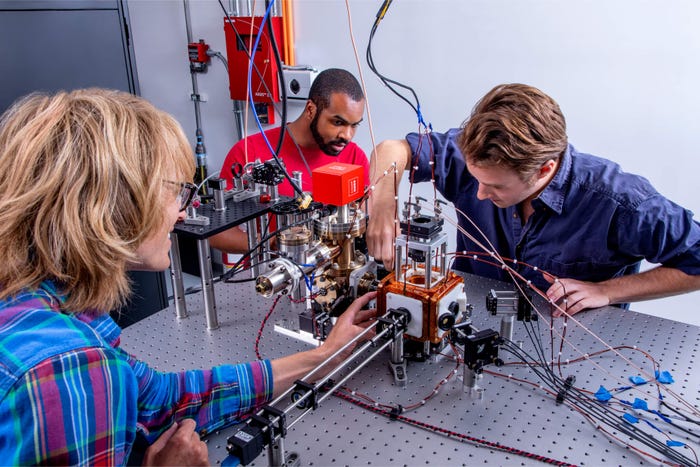
Connects decision-makers and solutions creators to what's next in quantum computing
Mobile Operator to Deploy Quantum Computers to Improve Phone ServiceMobile Operator to Deploy Quantum Computers to Improve Phone Service
Japan’s NTT Docomo plans to deploy technology to connect more cellphones, IoT devices and smartwatches

Japan's largest mobile operator NTT Docomo has developed quantum computing infrastructure to optimize mobile services that it plans to deploy in base stations nationwide.
Coming into operation this month, the quantum annealing-based technology aims to reduce the load on base stations and alleviate congestion when there is a concentration of incoming calls.
In what it said is a world first, NTT Docomo’s quantum algorithm reduces the number of paging signals sent from base stations to users' terminals.
A base station sends a paging signal to a terminal when a mobile communication call is received to determine the terminal's location and the terminal then responds to the base station.
The amount of paging signals is increasing due to the rising popularity of smartwatches and IoT devices. The amount of data in the signals is also growing and base stations repeatedly send the data over a wider area if there is no response. In combination, these factors place a growing strain on base station equipment.
NTT Docomo researchers conducted a demonstration at base stations in the Tokai, Chugoku and Kyushu areas to verify the utility of the system. They found the system reduced the paging signs by as much as 15%, which would give the ability to connect about 1.2 times as many terminals as currently possible during periods of high call volume.
The quantum computing system works by optimizing the group of base stations that send paging signals collectively based on a large amount of log data that records recording which base stations received calls.
Using quantum computers enables NTT Docomo to process more data than classical computers can and predict the number of paging signals for all combinations of base stations simultaneously. This makes it possible to quickly determine the optimal tracking area for finding a terminal with fewer paging signals from a huge number of possible combinations.
This minimizes the overall number of base station signals, frees up capacity and helps stabilize communication quality during periods of high call volume.
NTT Docomo plans to apply this technology to other non-telecommunications services.
Read more about:
AsiaAbout the Author
You May Also Like






